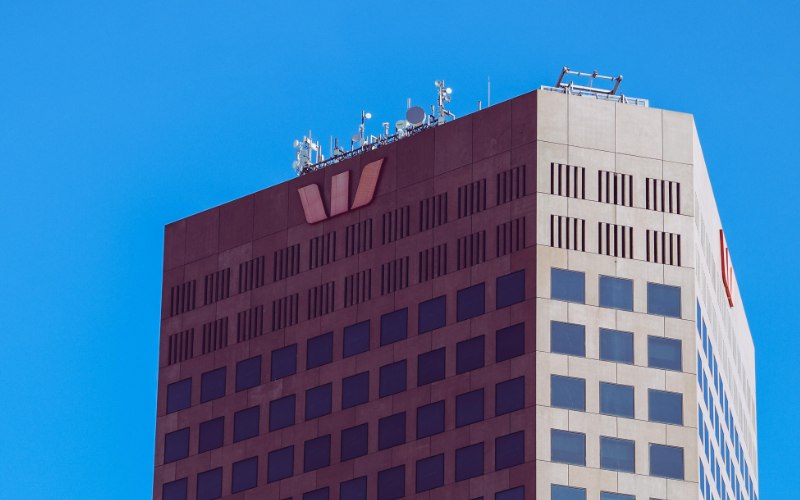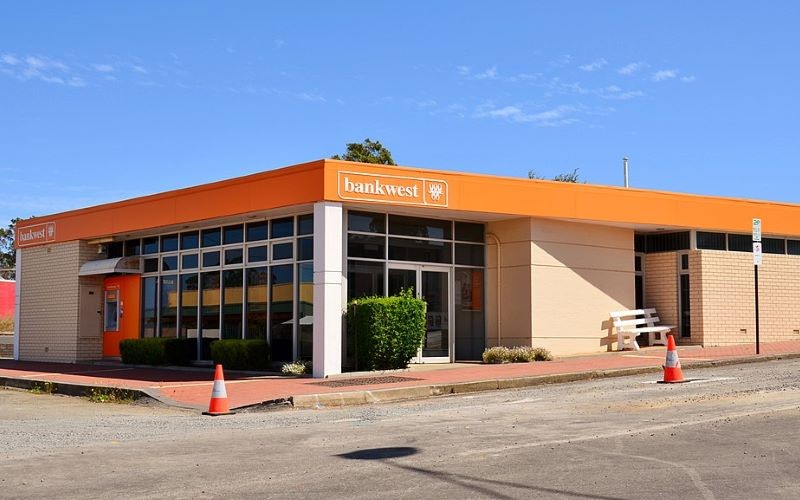On 29 July, the Australian Prudential Regulation Authority (APRA) announced the serviceability buffer will remain at 3%.
That means borrowers need to demonstrate to banks that they could repay their loan at a rate 3% above the current rate - if you're applying for a home loan at 6% p.a, you need to show you could still pay it if the rate was 9% p.a.
It's a policy that has come under scrutiny, with ANZ CEO Shayne Elliott saying in July regulations were "locking out" some middle Australians from borrowing.
James Austin, CFO of major non bank lender Firstmac - which is not mandated by APRA to apply a 3% buffer - told the Savings Tip Jar podcast Firstmac now uses a 2% buffer instead, which he suggested may be "more realistic" for 2024.
"Once the interest rate increases had been passed, we did reduce our buffer from 3% to 2%, and 2% seems to be a more realistic stress buffer," he told the podcast.
"I don't think anyone would seriously think there's going to be 300 basis points of increases from here."
Should the buffer come down?
The serviceability buffer has been in place since 2014, aiming to reduce people defaulting on loans and promoting responsible lending.
It periodically changes based on how the economy is tracking - most recently going from 2.5% to 3% in November 2021, where it has remained since.
Prior to 2019, banks could also apply a 'floor rate', which was subsequently scrapped, coinciding with a slowdown in lending volumes and home price growth.
There have been calls for APRA to respond to the current period of high interest rates and cut the buffer back, but following its Q2 assessment of domestic and international conditions, decided to keep it at 3%.
"Our macroprudential policy settings play an important role in guarding against risks to the financial soundness of banks that could, in turn, undermine the stability of the Australian financial system," APRA Chair John Lonsdale said.
"Given the uncertain economic and interest rate outlook, including the possibility of higher cost-of-living pressures, it is important that prudent buffers are incorporated in serviceability assessments."
He said APRA would continually be reviewing the broader environment, and would make "appropriate adjustments" where needed.
Mr Elliott is among several prominent figures in the banking sector who have suggested lending standards in Australia could be relaxed.
CommBank CEO Matt Comyn said last year APRA should "revisit" the buffer once interest rates peaked, while former NAB CEO Ross McEwan said in March there was a question as to whether the banking industry has "lost its risk appetite".
"John [Lonsdale] should be very proud of the work [APRA] has done to keep Australia safe," Mr McEwan told the AFR banking summit.
"But the question is - are customers missing out at the end of the day?"
'Like for like' refinancing exceptions
Last year, some banks including Westpac and CommBank announced the buffer would be relaxed for certain refinancing customers, in what APRA calls 'like for like' refinancing cases.
This basically means a customer who is refinancing without taking on any extra debt.
It is typically applied when a customer is looking to refinance to a lower rate, but can't service it with a 3% buffer, so would otherwise be 'trapped' on a higher rate.
"Banks [are] able to make exceptions to their serviceability policy when it is prudent to do so," Mr Lonsdale said.
However, Mr Austin said the 2% buffer at Firstmac applies regardless of whether or not the customer is refinancing.
"Personally, I think [like for like refinancing] is a bit silly - just because you've serviced a mortgage when the cash rate was zero doesn't give any indication of how you're able to service it now that it's at 4.35%," he told the podcast.
Rate cuts "long way away"
Mr Austin said the statement accompanying the August monetary policy decision on Tuesday suggested it could be a while before Australia sees the cash rate start to come down.
In fact, he said it remained a possibility the RBA may need to hike rates again before any cuts.
"Reading into [Tuesday's statement], you'd be thinking about a rate increase, not a rate decrease," he told the podcast.
"We should remember the Australian central bank rates have remained way below the rest of the world.
"Whilst other banks are starting to cut, we're still well below those and the question is: Has our cash rate been high enough to bring inflation back within the target band?"
Plenty of Aussies with outstanding loans are undoubtedly feeling the pressure of high rates, but so far Australia is yet to see the sharp rise in delinquency rates.
At Firstmac for example, Mr Austin said that only 0.5% of home loan customers have missed more than two repayments.
While car loan delinquencies are higher (1%), Mr Austin maintained this is still very low.
"Even for auto [customers], 99% are on time and making their payments," he said.
"When you think we've had over 400 points of rate increase, it's actually surprising that it's all held up so well."
Picture by Blocks Fletcher on Unsplash

Ready, Set, Buy!
Learn everything you need to know about buying property – from choosing the right property and home loan, to the purchasing process, tips to save money and more!
With bonus Q&A sheet and Crossword!


 Harrison Astbury
Harrison Astbury
 Brooke Cooper
Brooke Cooper













